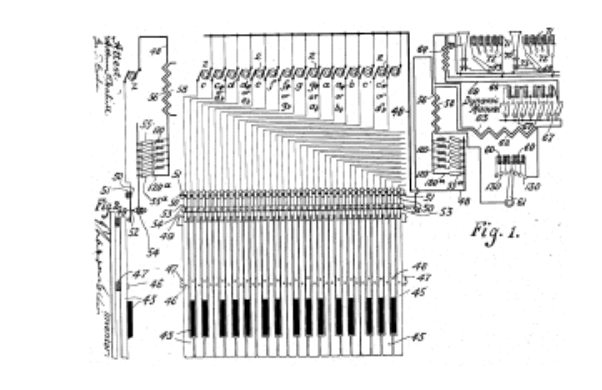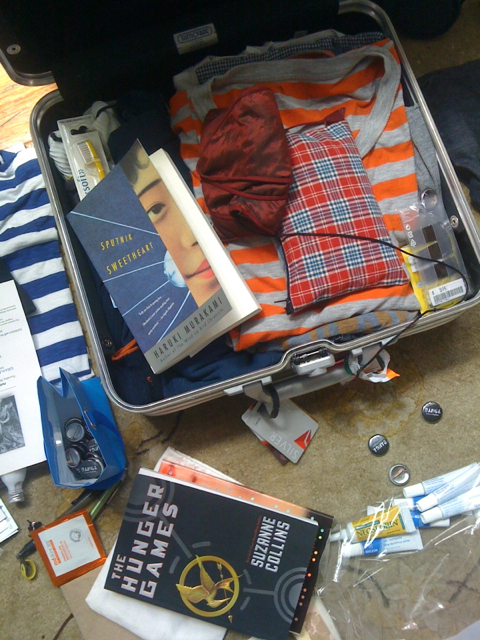Some songs are so straightforward there’s no need to debate their meanings with friends and Reddit users. Others remain opaque, despite fans’ best attempts to crack lyrical codes.
“Stonemilker,” the first track on Björk’s self-described “complete heartbreak album” Vulnicura, seems to fall into the former category:
Show me emotional respect, oh respect, oh respect
And I have emotional needs, oh needs, oh ooh
I wish to synchronize our feelings, our feelings, oh ooh
“Probably the most obvious lyrics I’ve ever written” she remarks in her above appearance on Hrishikesh Hirway’s Song Exploder, a podcast wherein musicians deconstruct a song’s meaning, origin, and recording process.
Björk was walking on a beach when the simple lyrics of “Stonemilker” popped into her head. She quickly realized that she should steer clear of the impulse to make them more clever, and chose the primal over the poetic.
As to its inspiration, she diplomatically refrains from naming her ex-husband, filmmaker Matthew Barney, on the podcast, saying only that “Stonemilker”’s narrator has achieved emotional clarity, unlike “the person” to whom she is singing, someone who prefers for things to stay foggy and complex.
She strove for arrangements that would support that feeling of clarity, waiting for the right microphone, hammering out every beat with producer Alejandro “Arca” Ghersi, and releasing a second, strings only version.
“I decided to become a violin nerd,” she told Pitchfork:
I had like twenty technological threads of things I could have done, but the album couldn’t be futuristic. It had to be singer/songwriter. Old-school. It had to be blunt. I was sort of going into the Bergman movies with Liv Ullmann when it gets really self-pitying and psychological, where you’re kind of performing surgery on yourself, like, What went wrong?
The accompanying 360-degree virtual reality music video, above, can now be viewed online as well as with Oculus Rift. Every instrument was miked and if you can’t get clear on an Icelandic beach, well then…
As for those plaintive, crystalline vocals, Björk intentionally held off, waiting for the sort of day when impulsiveness reigns. (I know she’s a classically trained musician, but isn’t that pretty much every day when you’re Björk?)
Having some insights into what the artist was aiming for can guide listeners toward deeper appreciation. Björk obligingly offers Song Exploder listeners a vast buffet. Surely something will resonate:
A tower of equilibrium…
Smooth cream-like perfection…
A net…
A cradle…
Compare those simple goals to Flavorwire’s Moze Halperin’s analysis of what he calls “Vulnicura’s most tragic track — and perhaps the saddest Björk has ever written”:
“Stonemilker” has the grandiose sound of having been sung in a cathedral, but like one tiny person confronted by the largeness of ideas of God or the architectural complexity of one such structure, Björk’s voice sounds distant, echoing, fighting not to get sucked in by the threat of a vast abyss. When, in the coming songs, she actually confronts the abyss, her voice becomes stronger. The crushing sadness of this song is that it’s the beginning of the end, and in listening to it, we feel at once closest to the love that was recently lost, while also being aware of the turmoil ahead.
The song’s near-nonchalant melancholy — its false impression that it can afford nonchalance because the lovers’ disconnect is just a bump in the road — makes it more unbearably sad than the rest of the album. In this song, she carries all of her previous work on her back like arrows in a quiver, pulling references out one by one and shooting them at listeners to remind them of the manifold ways she once documented the complexities of her love. For now, she’s about to document the complexities of its disappearance.
Basically, if you wind up feeling like you’re “lying at home in the moss looking at the sky,” Björk’s mission has been accomplished.
Want more? You can unpack other artists’ definitive meanings and song midwifery by subscribing to Song Exploder.
Related Content:
Hear the Album Björk Recorded as an 11-Year-Old: Features Cover Art Provided By Her Mom (1977)
Watch Björk’s 6 Favorite TED Talks, From the Mushroom Death Suit to the Virtual Choir
Ayun Halliday is an author, illustrator, and Chief Primatologist of the East Village Inky zine. Follow her @AyunHalliday






